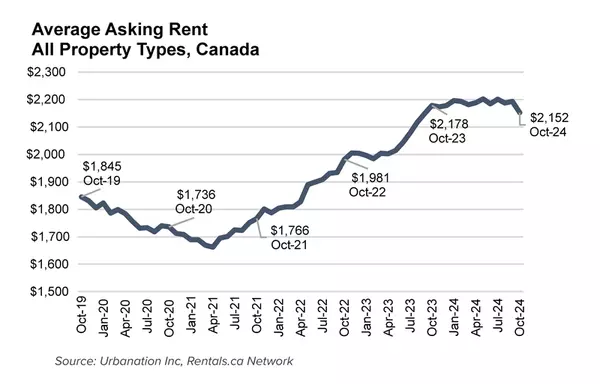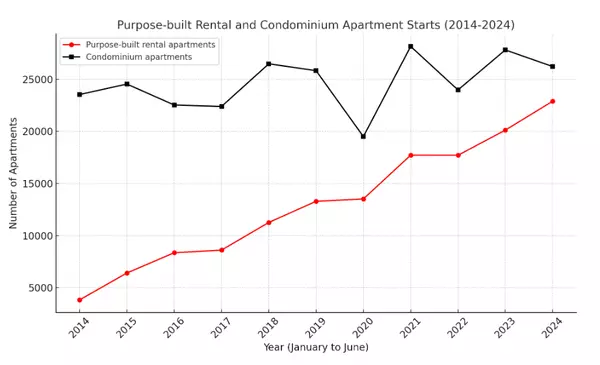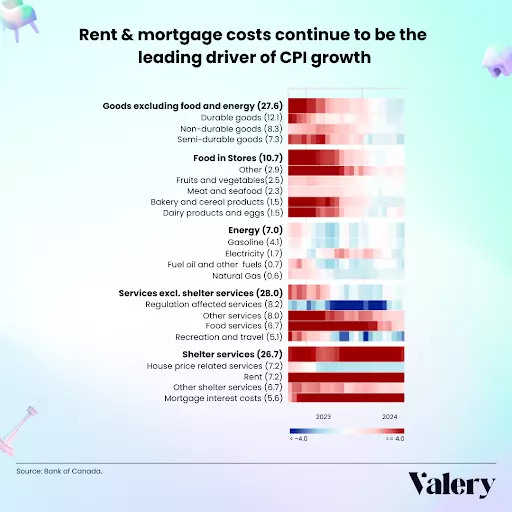Canadian Workforce: Retirement of Baby Boomers
The Canadian labour market has been undergoing significant changes due to the retirement of the baby boomer generation, which began in 2011. A Statistics Canada study, Canadian Labour Force: What Will Happen Once Baby Boomers Retire?, was released on August 6, 2024. This study explores the future of the Canadian labour force through 2041 as the baby boomer generation moves into retirement. It analyzes various scenarios to assess the impact of different immigration levels and participation rates by age group on the labour force.
Projections were based on the 2024–2026 Immigration Levels Plan set by the IRCC in November 2023, along with recent demographic changes, including the impacts of COVID-19 and the rise in permanent and temporary immigrants to Canada in 2022 and 2023.
The baby boomer retirement trend has led to a noticeable decrease in the labour force participation rate, which dropped to its lowest point in 20 years in 2023, at 65%. However, the study expects the labour force to continue growing over the next two decades, partly due to immigration and potentially due to higher participation rates among older workers.
Key Findings and Projections
Continued Growth of the Labour Force
Despite the retirement of baby boomers, Canada’s labour force is projected to grow, thanks to high levels of immigration. Canada saw record numbers of immigrants in 2022 and 2023, with over 468,000 immigrants arriving in just one year. Under the study’s “reference scenario,” which assumes 500,000 new permanent immigrants annually and a stable proportion of non-permanent residents, the labour force is expected to grow from 21.7 million in 2023 to 26.8 million by 2041.
Different immigration scenarios highlight the significant influence of immigration on the labour force size. For instance, if Canada were to admit 750,000 immigrants annually, the labour force could reach 29.5 million by 2041. In contrast, if immigration were halted, the labour force would decline slightly, stabilizing at around 20.5 million by 2041, the same level as in 2021.
Stabilization of Labour Force Participation Rate
The overall labour force participation rate has been declining since the early 2000s due to the retirement of baby boomers. This decline is expected to continue until 2030, when the last of the baby boomers reach age 65. After this point, the participation rate is projected to stabilize, remaining around 64.6% by 2041.
Participation of Older Workers
The participation rates of older workers could significantly impact the overall labour force. If participation rates were to rise to levels seen in Japan, where older workers are more active, the Canadian participation rate could reach 69.7% by 2041. This highlights the importance of policies that encourage older Canadians to remain in the workforce.
The proportion of workers aged 55 and older in the Canadian labour force has doubled from 10.9% in 2001 to 22.4% in 2021. This trend is expected to stabilize as baby boomers continue to retire, with the proportion of older workers remaining around 22-23% by 2041.
Regional Variations
Labour force trends will vary significantly across Canadian provinces and territories. While the national labour force is expected to grow, some regions, particularly in Atlantic Canada, may see declines. For example, Newfoundland and Labrador could see a 20.2% decrease in its labour force by 2041. Conversely, provinces with younger populations and higher immigration levels, like Ontario and Alberta, are expected to maintain or increase their labour force participation rates.
Challenges and Implications
The retirement of baby boomers presents challenges, particularly in maintaining a stable labour force participation rate. The participation rate may continue to decline in the short term. However, increasing the labour force participation of older workers could help mitigate this decline.
The size of the labour force directly influences Canada’s economic growth potential. A smaller labour force could lead to a shortage of workers, potentially limiting economic growth unless offset by increased productivity or longer working hours.
The retirement of the baby boomer generation is reshaping Canada’s labour force, leading to a decline in the participation rate and an aging workforce. However, through sustained immigration and potential increases in older worker participation, Canada’s labour force is expected to grow through 2041. The future composition and size of the labour force will vary by region, with some areas facing more significant challenges than others.
The full paper is available on the Statistics Canada website.
Categories
Recent Posts










GET MORE INFORMATION


